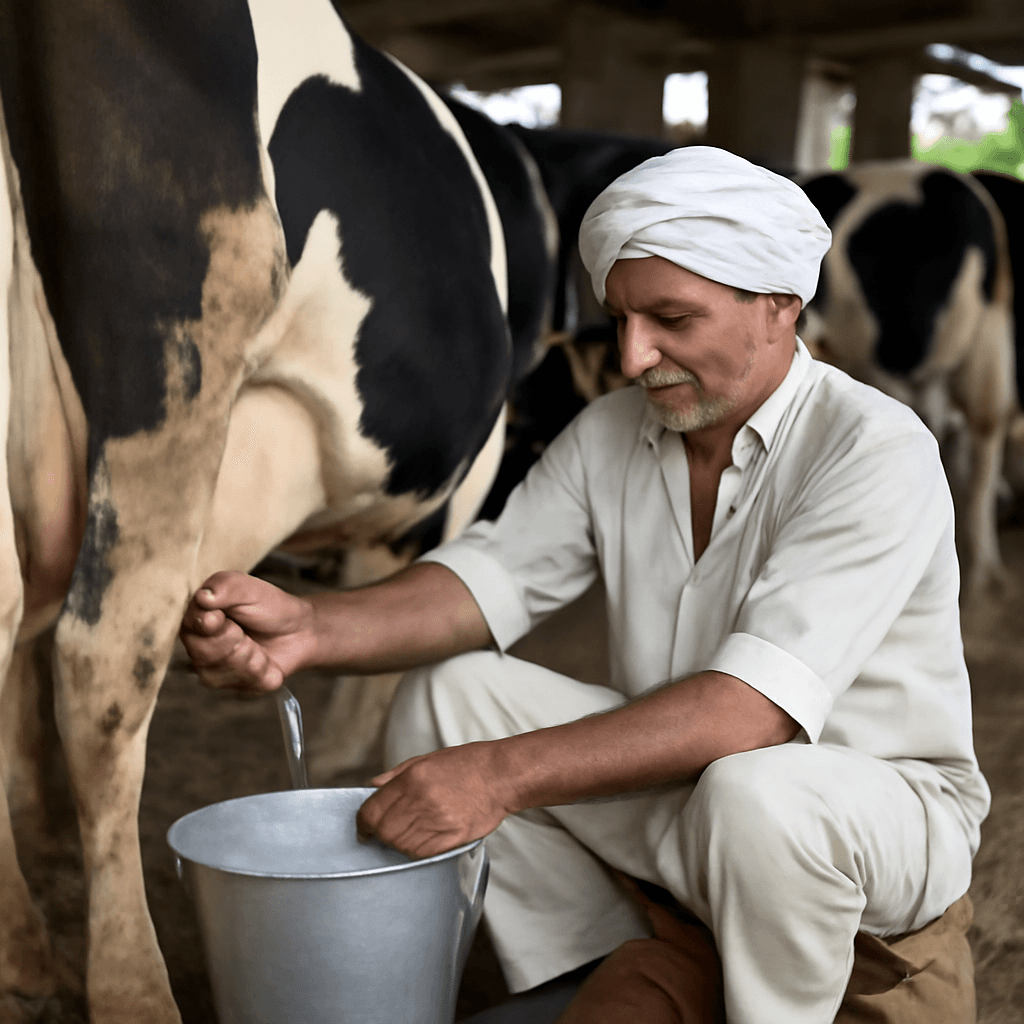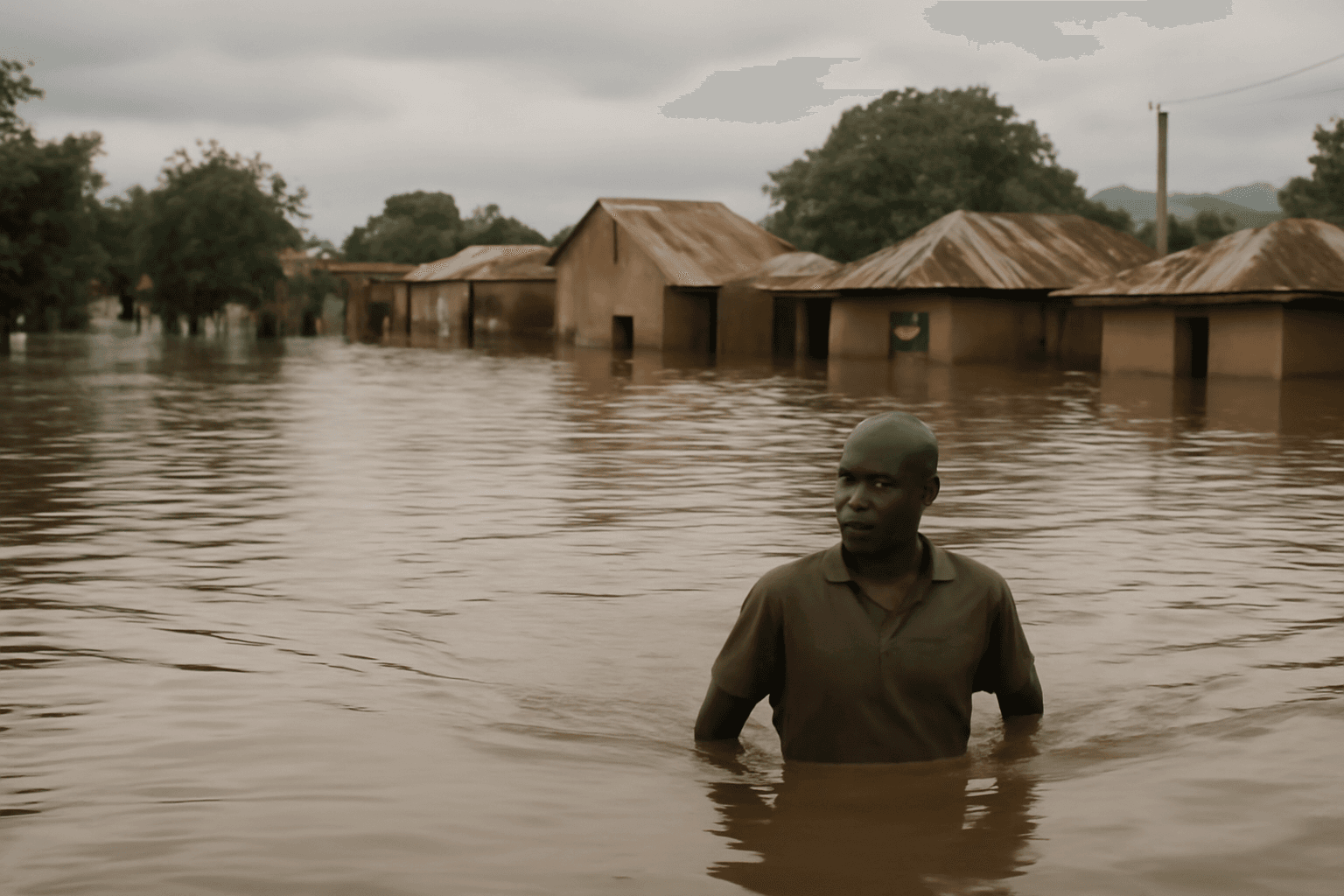World Milk Day Highlights Urgent Needs in Dairy Sector
On June 1st, World Milk Day draws attention to the critical challenges and opportunities facing the global dairy industry. As the sector navigates its vital role in nutrition, rural livelihoods, and food security, it also confronts increasing demands for sustainability and climate resilience.
India's Leading Role in Global Milk Production
India continues to hold the position of the world's largest milk producer, contributing over 6% to the national GDP and supporting the livelihoods of more than 80 million dairy farmers. Dairy farming provides approximately 12-14% of agricultural income across the country. With a per capita milk consumption of 479 grams per day—significantly higher than the global average of 371 grams—the dairy sector is centrally important to India's nutritional security and food supply.
Challenges and Strategic Responses
Globally, dairy production faces scrutiny for its environmental footprint, chiefly methane emissions. However, India's dairy system, predominantly driven by smallholders, produces substantially lower emissions compared to industrialized operations abroad. In response, India is advancing several low-carbon strategies, including:
- Promotion of native breed conservation
- Implementation of scientific innovations to enhance sustainability
- Focus on climate resilience for future-proofing the sector
Economic and Operational Pressures
The dairy industry contends with rising production costs, notably a 246% increase in quality feed prices over the last 30 years, while milk prices have only risen by 68%. Moreover, only about 28% of India's milk production is managed by the organized sector, such as cooperatives, leaving the majority in an unorganized sector where maintaining quality control remains a significant challenge.
Breed Management and Disease Threats
Crossbreeding is becoming more prevalent, with Kerala leading at a 96% rate compared to the national average of 30%. This approach enhances productivity; however, efforts also continue to preserve indigenous breeds. Disease outbreaks present major risks to production, with a recent 10% drop in milk output attributed to illnesses like lumpy skin disease, foot-and-mouth disease, and mastitis—the latter incurring estimated annual losses of ₹14,000 crore.
Support Needs for Smallholders and Innovation
To strengthen the dairy sector's resilience and growth, targeted support is crucial, especially for smallholders, women, and entrepreneurs. Investment priorities include:
- Enhanced production methods
- Improved processing and marketing infrastructure
- Robust quality control and disease surveillance systems
- Technological advancements
Market Trends and Consumer Awareness
India's dairy market continues to evolve, evidenced by global expansion of brands such as Amul. Meanwhile, discussions around A2 milk production underscore the need for science-based marketing, avoiding unfounded claims against crossbred cattle. Both A1 and A2 milk proteins differ, but consumer information should remain accurate and evidence-based.
Conclusion
India's dairy sector stands at a pivotal moment, balancing growth with sustainability and resilience requirements. Focused government and industry support, coupled with scientific innovation and quality assurance, can enable this critical sector to sustainably fulfill its role in nutrition and economic development.

















